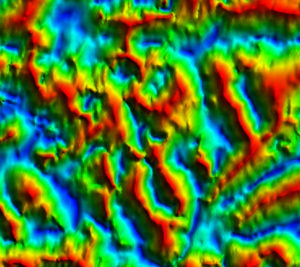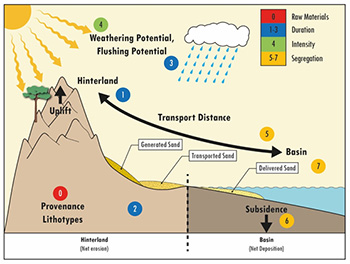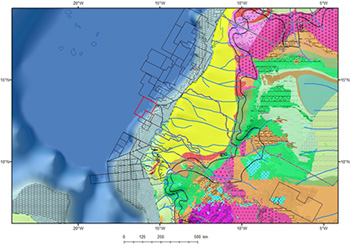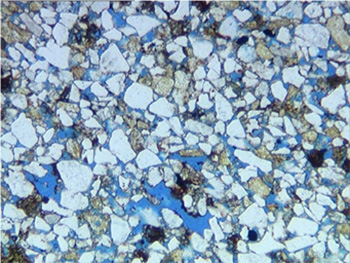Learn about the Role of Geological History in Determining Reservoir Properties at DGMK/ÖGEW Spring Conference 2021
During the Geowissenshaften (Geosciences) session at the forthcoming DGMK/OGEW Conference: ‘Shaping the Energy Transition with Upstream and Storage Technologies‘, Bill Heins of the Getech Group will present his company’s work.
Bill explains more:
“Regardless of the energy context: oil production, gas storage, geothermal heat exchange, carbon sequestration, hydrogen storage, or air compression, the porosity and permeability of the geologic reservoir are always decisive elements for technological and economic success.
The spatial distribution of porosity and permeability within a clastic sedimentary reservoir, and the gross performance of the reservoir as a unit, depends fundamentally on the geologic history of the formation, from the generation of the sediments, through deposition, to ultimate burial.
Porosity and permeability depend on the original depositional texture of the sediments, and subsequent physical and chemical modification during burial. The precise diagenetic consequences of burial and heating depend as well on the depositional texture and composition of the sediments.
Experience from German hydrocarbon reservoirs demonstrates that relatively small differences in mean grain size, or sorting, or feldspar content, or ductile-grain abundance can lead to important variation in reservoir performance, especially if different parts of the reservoir have experienced different burial histories.
Therefore, a fundamental understanding of the sedimentary system responsible for delivering sediments is the most reliable starting point for any prediction about the spatial distribution of reservoir properties no matter what the reservoir contains or should receive.
The volume, texture, and composition of deposited sediments depends on: provenance lithotypes; the duration and intensity of modification during hinterland transport; selective entrainment in the transfer zone; and hydrodynamic segregation within the basin.
The better these sedimentary genetic factors can be constrained, the more accurately and precisely the geologist can predict reservoir properties away from well control, or select suitable analogues in the absence of appropriate observations.
Paleogeology, paleogeography, and paleoclimate leave their imprint on reservoirs containing the energy carriers of today. Good old-fashioned geology is still essential for success in the modern energy economy.”













